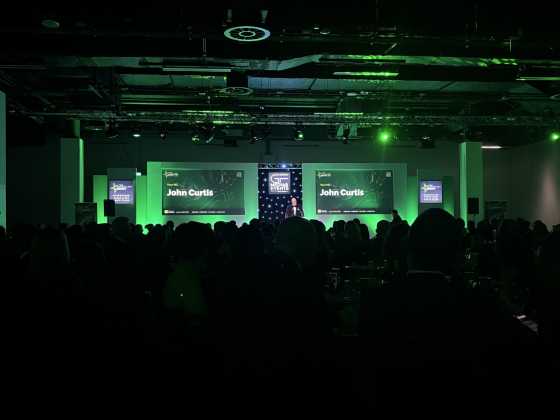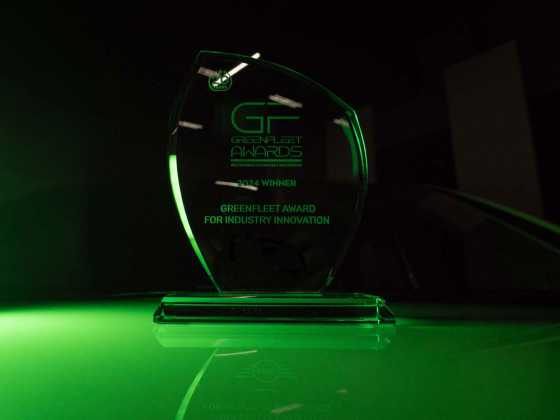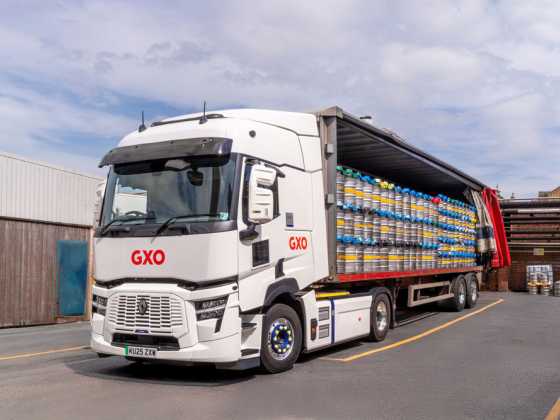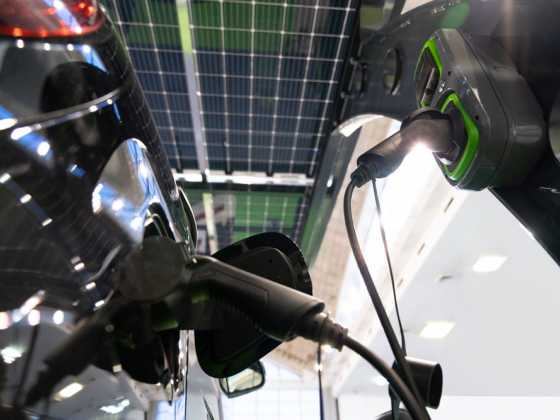Moving into electric vehicles: briefing the driver

An organisation's fleet electrification plans must involve the driver, ensuring they are onboard from the start and that they feel confident with the technology. Here's what information to share
With improved ranges, a good charging infrastructure, and easy-to-use technology to locate chargers – driving an electric vehicle is not that different from running a petrol or diesel vehicle these days. That said, if a driver is unfamiliar with electric vehicles, there are a number of things they should be briefed on to ensure they have a positive experience, and to get the most out of their vehicle.
Don’t ignore the basics
As a starting point, a driver should be talked through the vehicle’s technology and charging procedure. This should include basic but essential information such as how to access the charging port, where the cable is located, how to find out current battery status, and how to search for a charging station.
If the driver will have to use the public charging network, then it’s worth explaining through the various types and speeds of charging available.
Ultra-Rapid chargers have speeds of 150kWh – 400kWh and can be found on motorway services or near major routes. They can charge an electric car to 80 per cent in 10 minutes to one hour, however, there is a cost premium for such a quick turnaround. Rapid charging has speeds of 50kWh – 100kWh and can typically charge an EV to 80 per cent in 20 minutes to an hour.
Fast charging has speeds of between 7kWh – 25kWh and charge times are more like two to six hours.
These types of chargers are best used as destination charging, where the vehicle can be left for a number of hours.
It’s also worth discussing payments for public charging, highlighting that while many charge points accept contactless payments, others may require you to register first. And make sure you explain how business mileage will be paid for or reimbursed. A charge card could be given to drivers, giving them access to the charging network, simplifying payments and consolidating billing for fleet managers.
An EV orientation session should also include how to find public charging. Most EVs will have inbuilt sat navs or technology that will allow you to search for charging. There are apps too, such as Zap Map, which will tell you the location, speed, charge type, and the status of a chargepoint – such as if they are in use or broken.
If a charger could be installed at the driver’s home, then this option should be talked through with the employee, ensuring they know what the installation work is involved and how charging costs would be reimbursed.
Evolving your mindset
With most electric vehicles offering a decent range, together with the growing charging infrastructure and technology to locate chargers, driving an electric vehicle is not that different from driving and refuelling a petrol or diesel vehicle.
That said, it is worth considering if you will need a charge on route and do some planning, using the car’s sat nav or an app such as Zapmap. This is especially worthwhile if you are driving in an area where charging provision is patchy.
Drivers should also add in charging time / stops when calculating how long a journey will take.
Regenerative braking
Electric vehicles will generally use regenerative braking to regain energy wasted during braking. As you lift your foot off the accelerator, the regenerative braking will make the car decelerate at a much quicker rate. The kinetic energy that is usually wasted is put back into the battery, adding to the range.
Drivers should therefore get into the habit of using this function to their advantage. They can do this by taking their foot of the accelerator to slow down and brake rather than use the brake pedal. This method will also increase the life of the brake pads, as they are not being used as much.
The most efficient speed for an EV is generally between 50–60 mph. The faster an EV goes, the more energy it uses, which has a negative impact on range performance. Electric vehicles are well known for their instant power, however, aggressive acceleration negatively affects the range of an EV, so it’s better to press gently on the accelerator and increase the speed gradually.
Useful information
When charging an electric vehicle, it’s worth knowing that after 80 per cent, charging speeds tail off significantly. This is to maximise charging efficiency and protect the battery. It is good practice when charging on the public network to not charge beyond 80 per cent, to allow other drivers to use the charge point.
There is a difference between AC and DC charging, which is mainly where the power conversion happens, and how fast the car charges.
AC chargers require the vehicle to convert the AC power to DC power before it can charge the battery. Meanwhile, DC chargers have a converter built into the charger itself, so the power is converted to DC before it’s delivered to the car. This means that DC charging is faster.
It’s worth noting that not all vehicles will be capable of ultra rapid charging. Drivers can find out in the driving manual what their vehicle’s charging rate for AC charging is. This is good to know because there is no point paying for an ultra-rapid charge if the car cannot accept the full amount, especially if there are other options available.
There are CHAdeMO or CCS charging standards, with CCS being the most common. CHAdeMO is a charging standard that was developed by Japanese car manufacturers and can be found on Nissan EVs.
Some electric vehicles will have a driver app, which can be useful for checking charging status, scheduling charging during off peak times at home, or for heating / cooling the vehicle temperature in advance. Some have a pre-conditioning function, allowing the battery to warm up before it charges. Whilst the information in this article may seem like a lot to take in, the consensus is that once a driver uses an electric vehicle, few want to return to an ICE vehicle. In fact, a survey by Zapmap in December 2024 showed that fewer than three per cent of EV drivers stated they missed their internal combustion engine vehicle and wanted to switch back.






